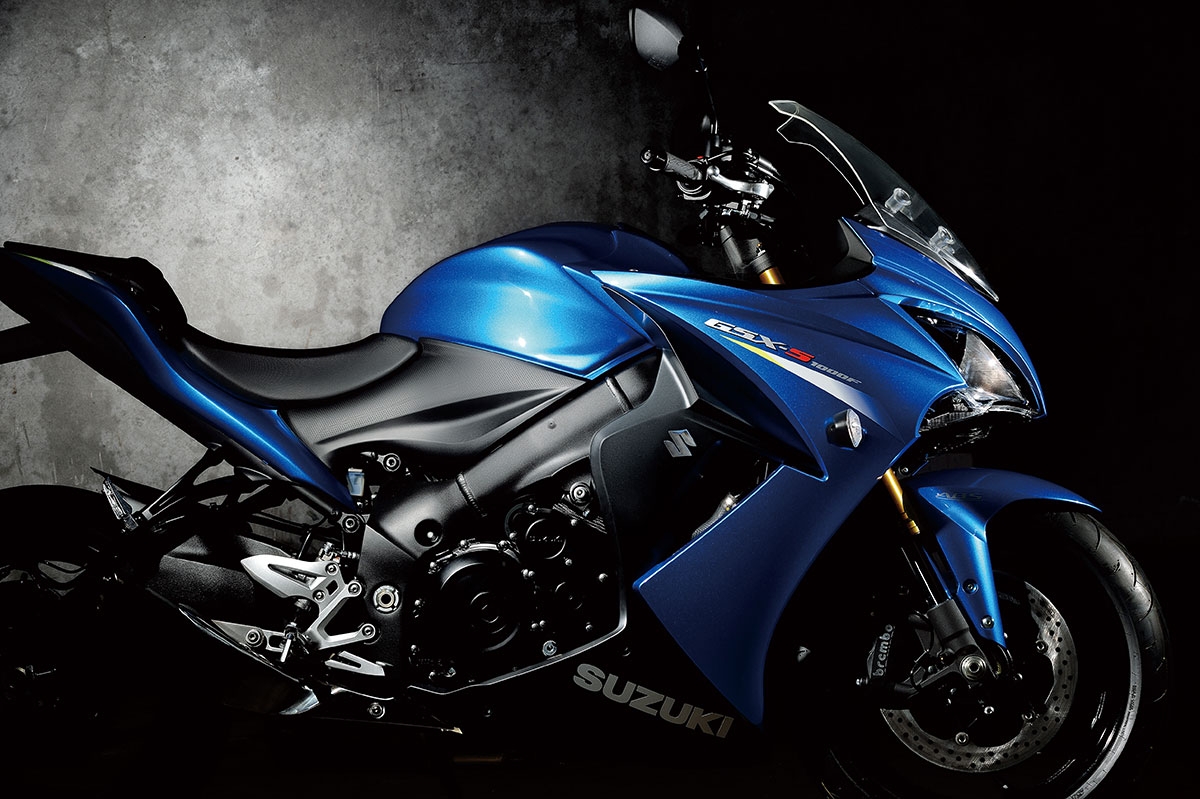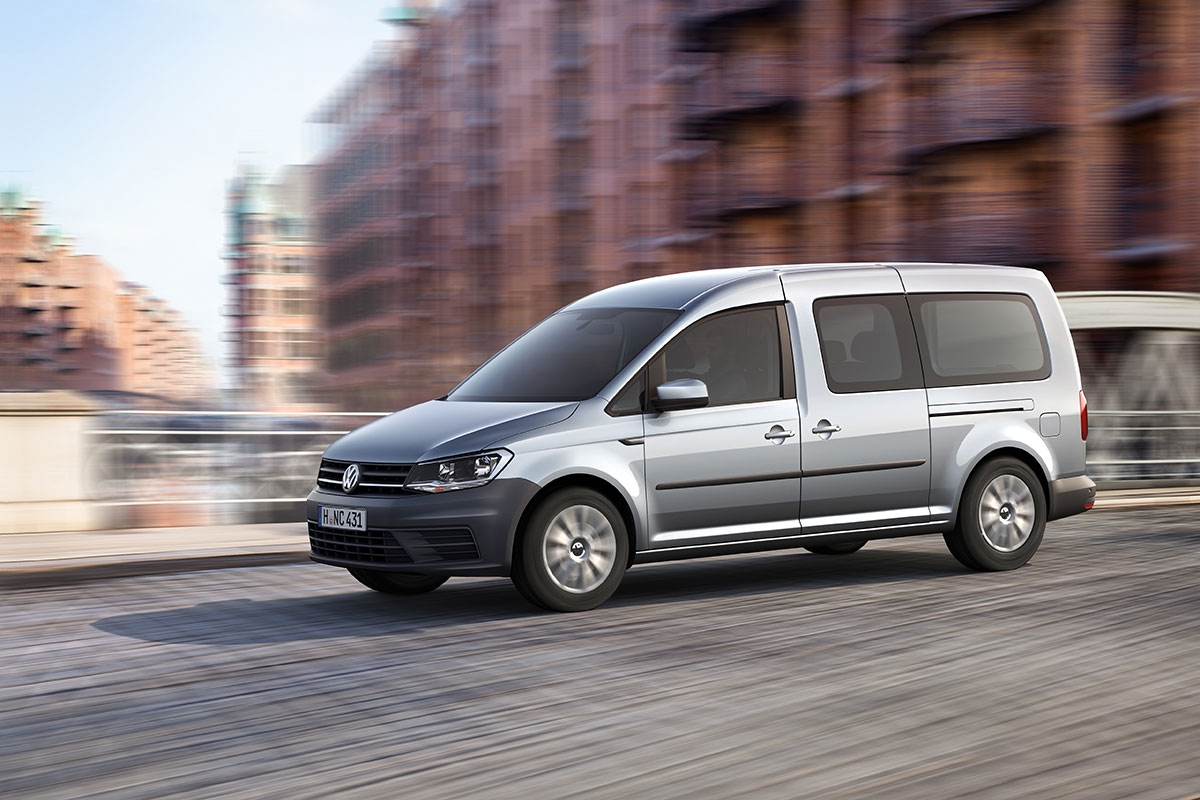Volkswagen has presented the new Caddy Maxi generation in the Geneva International Motor Show. This new version of the minivan, has a 32 cm axes longer than the normal version, two rows of seats in the passenger compartment and a load volume of 530 liters.
Volkswagen Caddy Maxi load space
Caddy Maxi has a modulable load space. Thus, the 530 liters of load can be expanded rapidly. The back of the Bank of the Third Row can be reduced, like that of the second that can be tilted forward. In addition, if necessary, you can even remove both rows of seats.
When the third row of seats is eliminated, the load volume increases to 1,350 liters, and when the second row is also dispensed with, the capacity grows to 3,700. In total, Caddy Maxi offers 848 liters of load space than the small caddy with the ranks of extracted seats. Of course, you have to take into account the maximum payload that this van can transport, which is 1.005 kg.
Volkswagen Caddy Maxi motorization
The base of the three TDI diesel versions of the Caddy Maxi is a two -liter and four -cylinder engine, with a power that goes from 102 hp to 150 hp. In the case of gasoline engines, there are two to choose from: the 1.0 three -cylinder TSI with 102 hp of power, and the 1.4 TSI of four cylinders with 125 hp.
Security and comfort characteristics of the Volkswagen Caddy Maxi
The new Caddy has new safety and comfort characteristics. Among them:
- The emergency braking system in the city: if the driver does not see an obstacle to less than 30 km/h, the system automatically activates brakes and, in the ideal case, will avoid any collision.
- In passenger versions, for example, the new Caddy is also equipped with side and curtain airbags.
- Multicolian brake system, which, after a collision, automatically activates the brake if the driver is no longer able to intervene.
- Systems 'Light Assist'
- System 'driver alert'. The latter recognizes any anomaly in the normal behavior of the driver and recommends taking a break when it seems necessary.
- Heating windshield, which helps guarantee a good vision permanently.
- Optional adaptive cruise control, which is activated at speeds between 0 and 160 km/h (with DSG change) or between 30 and 160 km/h (with manual change), a radar sensor controls the distance and relative speed with vehicles that circulate ahead.
- In combination with the DSG change, the ACC system can also stop the vehicle, for example in queues and traffic jams, even stop it. In combination with the composite colour and composition medium radios, and also with the Radionavación Discover Media system, customers can commission a back camera.
- The Optional 'Park Assist' system allows automatic parallel parking, as well as parking at angles perpendicular to the road, an especially practical option for messaging services.
























































